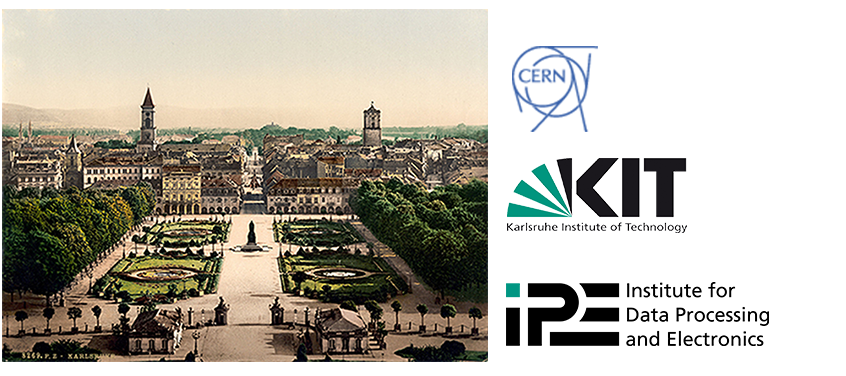Speaker
Description
Coherent synchrotron radiation requires DAQ systems with picosecond resolution. The Karlsruhe Pulse Taking Ultra-fast Readout Electronics (KAPTURE) is a novel system for a continuous investigation of THz synchrotron radiation. It is capable to sample single THz pulses with sampling times down to 3 ps. To improve performance and flexibility a second version of KAPTURE has been developed. The new system reduces the sampling time to a picosecond and operates with pulse rates of up to 3.6 GHz. The design of KAPTURE - 2 and the first measurements will be presented.
Summary
Coherent Synchrotron Radiation (CSR) generated by short electron bunches is provided by ANKA and other light sources. Electron bunches at ANKA can be filled in up to 184 buckets with 2 ns between two adjacent bunches corresponding to the RF system frequency of 500 MHz. To detect and study the THz CSR emission over multiple revolutions a detector system based on thin YBa2Cu3O7−δ (YBCO) superconductor film detectors is used. The intrinsic response time of YBCO thin films of only a few picoseconds allows one to resolve the signal of individual bunches even within a multi-bunch regime. To continuously acquire ultra-short pulses, the Karlsruhe Pulse Taking Ultra-fast Readout Electronics (KAPTURE) was developed. KAPTURE is based on a direct sampling pulse method operating with a minimum sampling time of 3 ps and a jitter of less than 1.7 ps. To satisfy the ever increasing demands an updated system, called “KAPTURE-2”, has been developed. KAPTURE-2 is able to sample each pulse with 4 to 8 sampling points with a resolution of down to 1 ps and accepts flexible pulse repetition rates in a range from 0.2 to 3.6 GHz. Low noise combined with wide dynamic range and bandwidth enables the sampling of signals generated by various GHz and THz detectors. To manage the high raw data rate of about 120 Gb/s, KAPTURE-2 is connected to a heterogeneous FPGA/GPU-based readout system. FPGA and GPU are connected by a new Direct Memory Access (DMA) concept, called “GPUDirect”. The readout card is equipped with a Xilinx Virtex-7 FPGA and is connected to the GPU by a PCIe Gen 3 x16 data link, capable of a net throughput of up to 13 GB/s. In a traditional DMA architecture, data is first transferred to the main system memory and afterwards moved to the GPUs for processing. Here, the main memory is involved in several read/write operations, depending on the specific implementation. The total throughput and latency of the system is therefore limited by the memory bandwidth. Using the “GPUDirect” communication, the DMA engine has a direct access to the GPU memory. Therefore latency and hardware requirements of the system are drastically reduced. The GPU real-time architecture is used for pulse reconstruction based on the 4 to 8 sampling points. It results in the peak amplitude of each pulse and the time between two consecutive pulses/buckets with a picosecond time resolution. The GPU node performs also an on-line Fast Fourier Transform (FFT) for the frequency analysis of the CSR fluctuations. Multi-turn measurements of CSR have turned out to be an indispensible tool for storage ring diagnostics in short bunch operation. With KAPTURE - 2 it is possible to study THz behavior with an unprecedented temporal resolution and to resolve bunch-to-bunch interactions.
